
Table of Contents
Introduction
Integrating a headless CMS can revolutionize your digital presence. With its flexibility, scalability, and omnichannel delivery, a headless CMS allows businesses to create and manage content more efficiently. But as powerful as it is, implementing a headless CMS is not without its challenges. Many businesses make avoidable mistakes during integration, leading to frustrating roadblocks.
The emergence of AI agents and workflow automation has transformed how we approach these challenges. Modern platforms like Orbitype's Agentic Cloud OS combine traditional headless CMS capabilities with intelligent automation, enabling businesses to avoid common integration mistakes through proactive monitoring and automated optimization.
If you're considering—or struggling with—headless CMS integration, this guide will walk you through the most common pitfalls and how to avoid them. Along the way, take a moment to reflect: could your team be falling into these traps? Let's find out.
What Is a Headless CMS?
Before diving into the mistakes, let's establish what a headless CMS is. Unlike traditional CMS platforms, such as WordPress, a headless CMS decouples the backend content repository from the frontend presentation layer. This means you can deliver content to multiple platforms—websites, mobile apps, smart devices—using APIs.
Why businesses love headless CMS:
Flexibility: Customize the frontend using frameworks like React, Angular, or Vue.js.
Omnichannel Delivery: Publish content seamlessly across multiple channels.
Scalability: Easily handle increasing traffic and content demands.
Some popular headless CMS platforms include Orbitype, Strapi, and Sanity, all of which empower businesses to create dynamic digital experiences. Orbitype's Agentic Cloud OS takes this further by integrating AI agents that can automatically optimize content delivery, monitor performance, and manage workflows across your entire digital ecosystem.
Common Headless CMS Integration Mistakes
Headless CMS architectures separate content management from presentation, offering flexibility but introducing potential performance bottlenecks. Common challenges include inefficient API calls, large JavaScript bundles, and delayed content rendering. Identifying and addressing these issues is key to improving Core Web Vitals.
1. Poor Content Modeling
Have you ever tried organizing content and ended up with a jumbled mess? This often happens when businesses dive into headless CMS integration without a clear plan for content modeling.
The mistake: Creating overly complex or unstructured content models that don't align with business needs.
The impact: This makes content management cumbersome and leads to scalability issues as your website grows.
How to avoid it: Think ahead. Develop a content architecture that mirrors your organizational structure and goals. For example, if you run an e-commerce store, your model should separate categories like "Products," "Brands," and "Reviews." AI agents can analyze your content patterns and automatically suggest optimal model structures. Simplicity and scalability are key.
Reflect: Does your current content model support long-term growth, or is it holding your team back?
2. Ignoring API Limitations and Performance
APIs are the backbone of a headless CMS. Yet many teams underestimate their limitations or fail to optimize API calls.
The mistake: Overloading APIs with excessive calls or ignoring rate limits.
The impact: This leads to slower loading times, high operational costs, and frustrated users.
How to avoid it:
Implement caching mechanisms to reduce the number of API requests.
Monitor API usage regularly to identify bottlenecks.
Use GraphQL or similar tools to query only the data you need.
Deploy AI agents to automatically optimize API call patterns and predict usage spikes.
Reflect: Are your pages loading quickly, or are users bouncing because of delays?
Frontend and Security Challenges
3. Overcomplicating Frontend Integration
Your developers are excited to use the latest frameworks—but complexity can be a double-edged sword.
The mistake: Choosing a frontend framework that's overly complicated or not suited to your team's expertise.
The impact: Projects are delayed, and maintenance becomes a nightmare.
How to avoid it: Pick frameworks that balance innovation with familiarity. For example, if your team excels in React, stick with it instead of jumping into uncharted waters with Vue or Angular. AI agents can analyze your team's skill set and recommend optimal technology stacks based on project requirements and team capabilities.
Reflect: Is your team comfortable with your current tech stack, or are they struggling to keep up?
4. Neglecting Security Measures
In the rush to launch, security often takes a backseat.
The mistake: Exposing API keys or failing to implement proper authentication.
The impact: This opens the door to data breaches and unauthorized access.
How to avoid it:
Secure your API keys using environment variables.
Implement user authentication and role-based access control (RBAC).
Regularly audit your system for vulnerabilities.
Deploy AI agents to continuously monitor security patterns and automatically alert teams to potential threats.
Reflect: Are you confident in the security of your CMS integration?
Efficient API usage is crucial for performance. Check out our guide on Best Caching Strategies for Faster Headless CMS-Driven Websites to learn how caching can optimize API calls and reduce server load.
User Experience and Testing Pitfalls
5. Forgetting About Content Editors
While developers are often the focus during CMS integration, content editors are the ones who use the system daily.
The mistake: Ignoring the user experience for non-technical team members.
The impact: Editors struggle with inefficient workflows, slowing down content production.
How to avoid it: Customize the CMS interface to make it intuitive for editors. This includes setting up easy workflows, clear naming conventions, and training sessions. AI agents can analyze editor behavior patterns and automatically suggest workflow improvements or interface optimizations that enhance productivity.
Reflect: Have you asked your content team how they feel about the current CMS?
6. Skipping Testing and Deployment Best Practices
A rushed deployment can lead to bugs and unhappy users.
The mistake: Skipping thorough testing or deploying directly to production without staging.
The impact: Bugs slip through, disrupting the user experience and tarnishing your brand.
How to avoid it:
Set up a staging environment to test changes before they go live.
Use automated testing to catch errors early.
Implement CI/CD pipelines for smoother deployments.
Deploy AI agents to continuously monitor system health and automatically run regression tests when changes are detected.
Reflect: Is your testing process robust enough to catch potential issues?
Want to improve loading speeds and SEO for your headless CMS website? Read our comprehensive guide on optimizing Core Web Vitals for expert insights on performance enhancement.
Best Practices with AI-Enhanced Automation
To avoid these pitfalls and set your team up for success, follow these best practices enhanced by AI agents and workflow automation:
Plan a scalable content architecture: Think long-term and build models that grow with your business. AI agents can analyze content patterns and automatically suggest optimal structures.
Optimize API usage with intelligent monitoring: Use caching and limit unnecessary calls. Deploy AI agents to continuously monitor API performance and automatically adjust caching strategies based on usage patterns.
Choose the right tools with data-driven insights: Align frontend frameworks with your team's strengths. AI workforce can analyze team productivity metrics and recommend technology stacks that maximize efficiency.
Prioritize security with automated monitoring: Protect sensitive data from the start. Implement AI agents that continuously scan for security vulnerabilities and automatically apply security patches.
Support content editors with intelligent workflows: Make workflows intuitive and user-friendly. AI agents can learn from editor behavior and automatically optimize interface layouts and workflow sequences.
Test rigorously with automated quality assurance: Never skip staging, testing, or monitoring. Deploy AI agents that automatically run comprehensive test suites and provide detailed performance reports.
Orbitype's Agentic Cloud OS exemplifies these best practices by providing a comprehensive platform where PostgreSQL databases, cloud storage, and serverless functions work together with AI agents to create truly intelligent content management systems. This approach ensures that your headless CMS integration not only avoids common mistakes but actively optimizes itself over time.
Orbitype's Agentic Cloud OS: Beyond Traditional CMS
Orbitype represents a paradigm shift from traditional headless CMS platforms to an Agentic Cloud OS—a comprehensive online platform where diverse use cases can be built and orchestrated by intelligent AI agents. At its core, Orbitype combines PostgreSQL databases with cloud storage (S3), enhanced by compute resources, workflow automations, and integrations with third-party APIs and webhooks through serverless functions.
What sets Orbitype apart is its integrated AI workforce—intelligent agents that have access to all data and processes within the platform. These AI agents enable sophisticated automations and analyses that go far beyond traditional CMS capabilities. They can autonomously manage content workflows, optimize performance metrics, and orchestrate complex integrations without human intervention.
This flexible architecture allows for the creation of not just headless CMS systems, but also CRM platforms, ERP solutions, project management tools, e-commerce systems, and virtually any digital application. The AI agents continuously learn from usage patterns, automatically optimizing workflows and preventing the common integration mistakes we've discussed.
For example, when content editors struggle with complex workflows, AI agents automatically detect inefficiencies and suggest streamlined processes. When API calls become excessive, the system automatically implements intelligent caching strategies. This proactive approach to problem-solving represents the future of content management and digital platform development.
Conclusion
Integrating a headless CMS doesn't have to be a headache. By avoiding common mistakes—like poor content modeling, ignoring API limits, or neglecting security—you can unlock the full potential of your CMS and deliver exceptional digital experiences.
The integration of AI agents and workflow automation represents a transformative approach to these challenges. Modern platforms like Orbitype's Agentic Cloud OS demonstrate how intelligent automation can proactively prevent integration mistakes while continuously optimizing performance and user experience.
Take a moment to evaluate your current integration process. Are you on the right track, or do you see room for improvement? With proper planning, AI-enhanced automation, and a focus on best practices, your team can maximize the benefits of a headless CMS while avoiding unnecessary setbacks. The future of content management lies in the intelligent orchestration of workflows, where AI agents work alongside human teams to create truly exceptional digital experiences.
Ready to Transform Your CMS Integration?
Are you ready to avoid common headless CMS integration mistakes and leverage the power of AI agents for superior content management? Here's how you can start:
Discover Intelligent Automation: Visit Orbitype to learn how our Agentic Cloud OS revolutionizes content management with AI agents.
Experience AI-Powered Workflows: Try Orbitype for Free and see how AI agents can optimize your content workflows.
Join Our Community: Connect with other developers and content managers on Discord to share insights about headless CMS integration.
Explore Advanced Automation: Learn more about Automating Content Workflows with Orbitype's custom solutions.
Transform your approach to headless CMS integration with AI agents that work continuously to prevent mistakes, optimize performance, and enhance user experiences. Let Orbitype's intelligent automation handle the complexity while you focus on creating exceptional content and digital experiences.


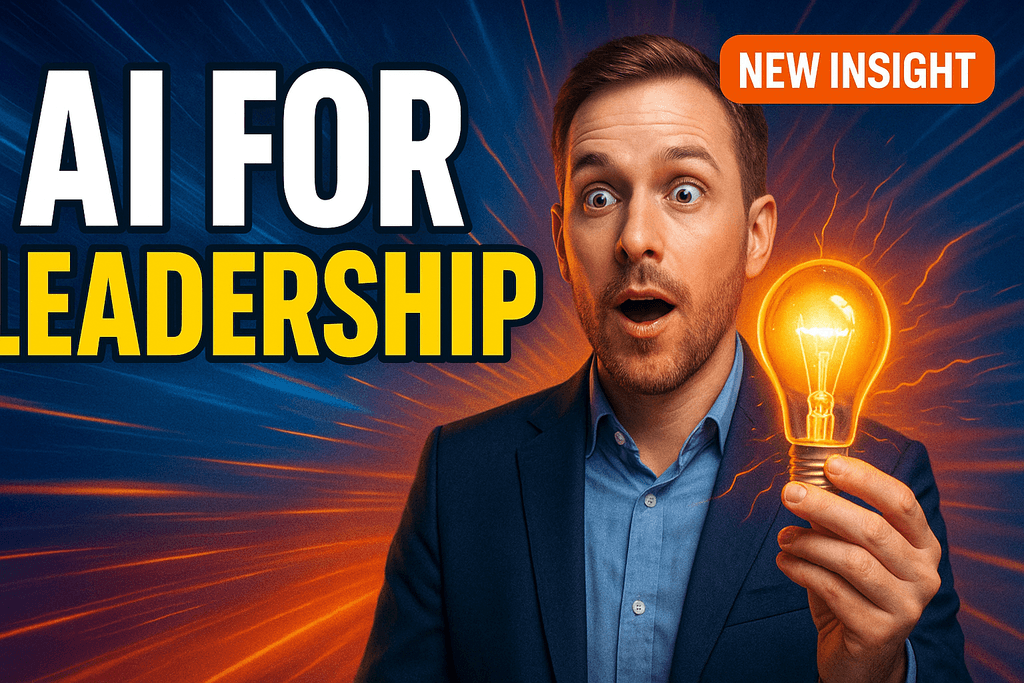

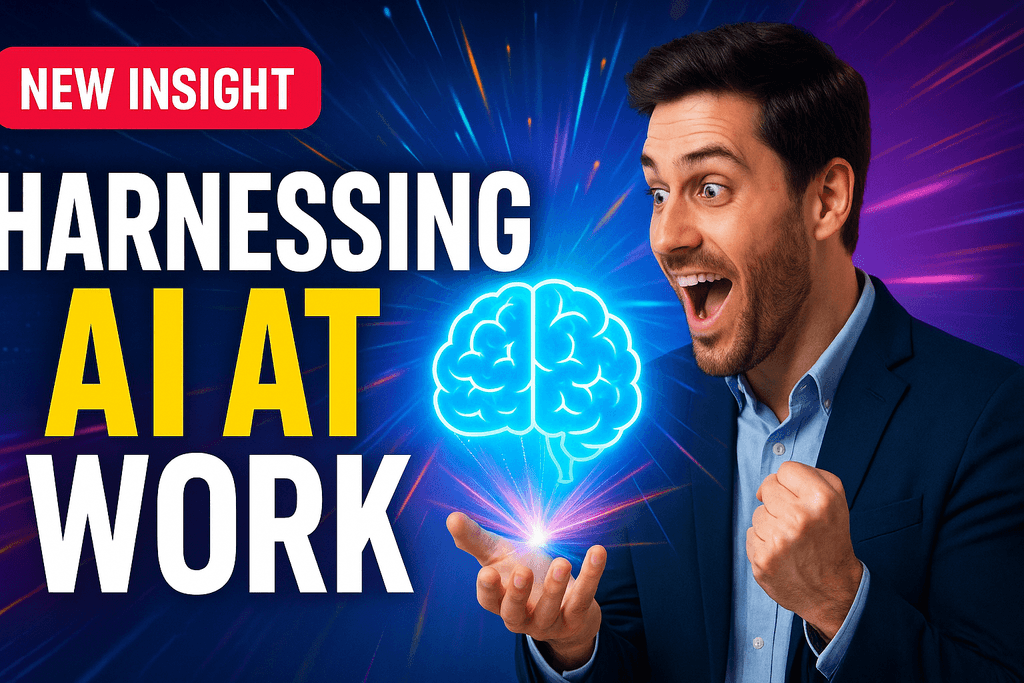
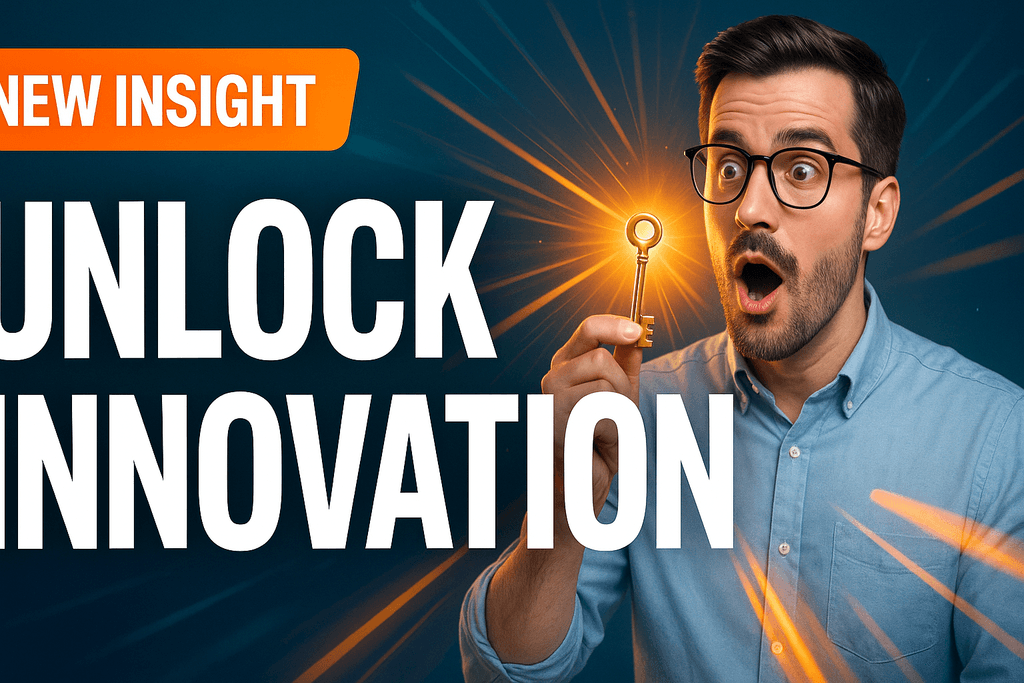
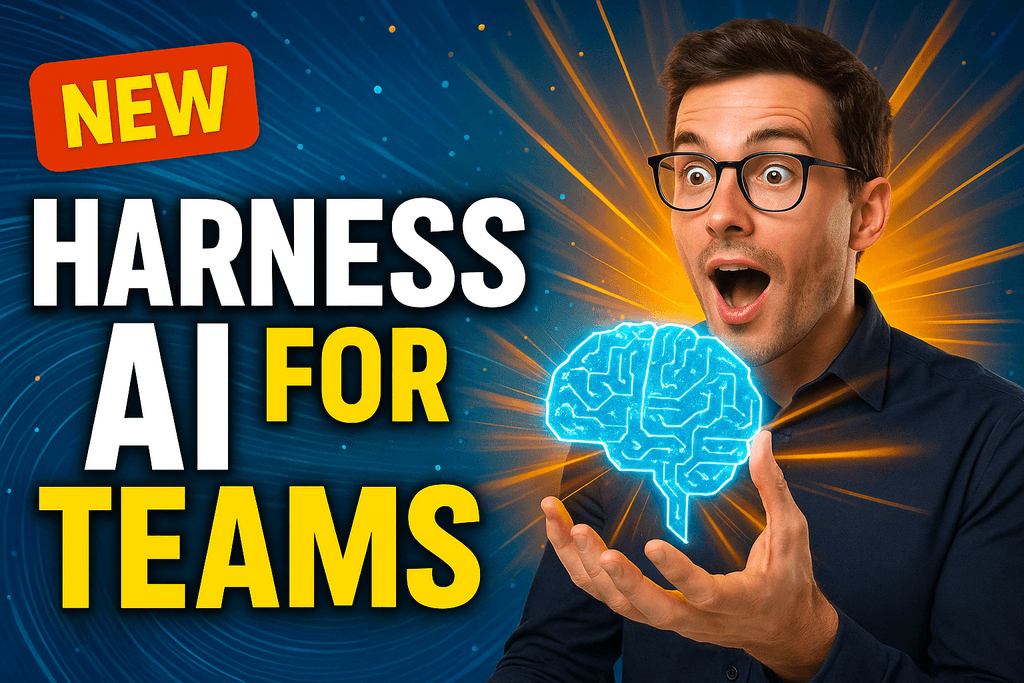
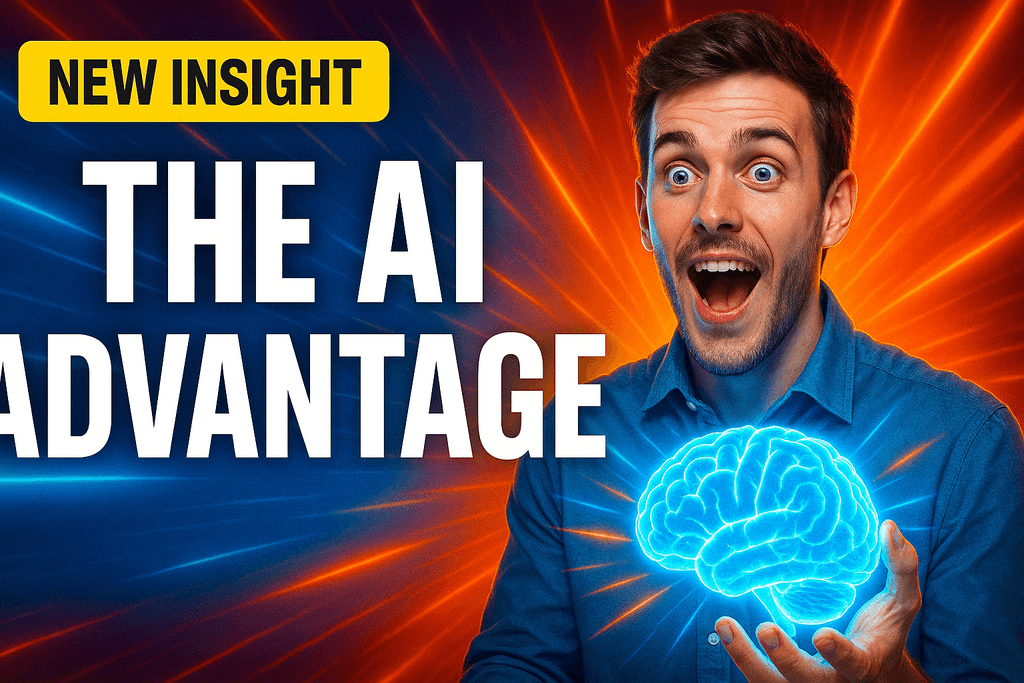

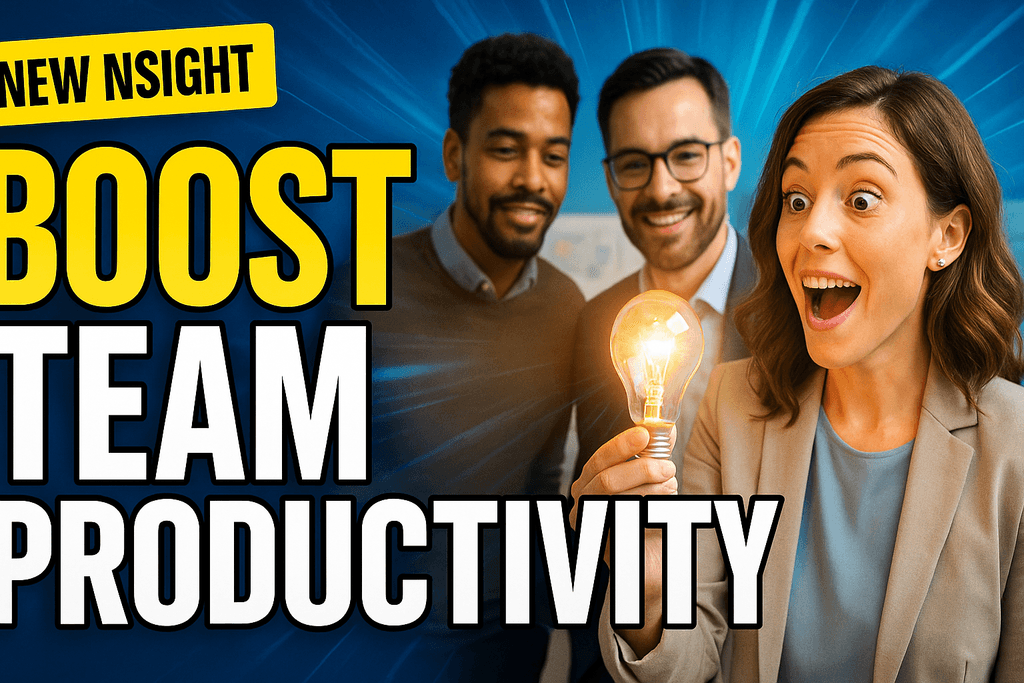












.png&w=1024&q=80)
